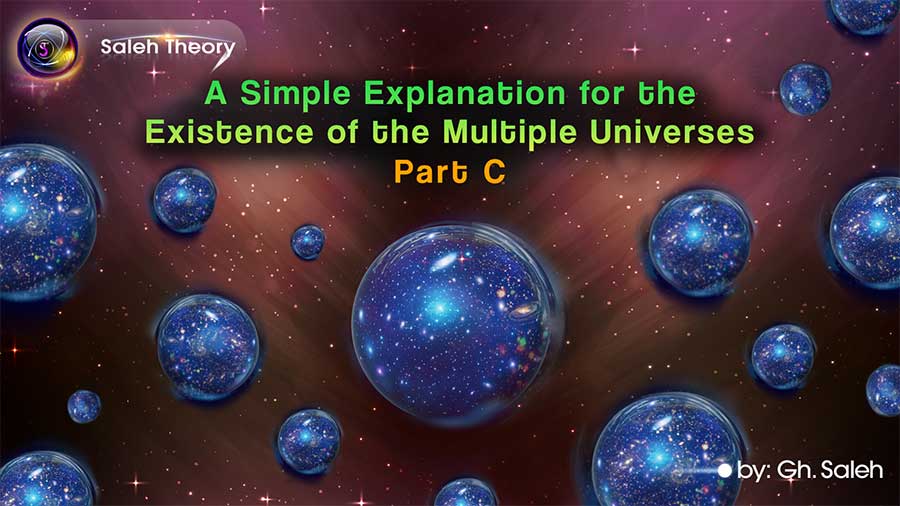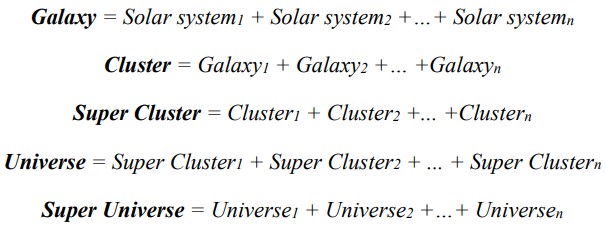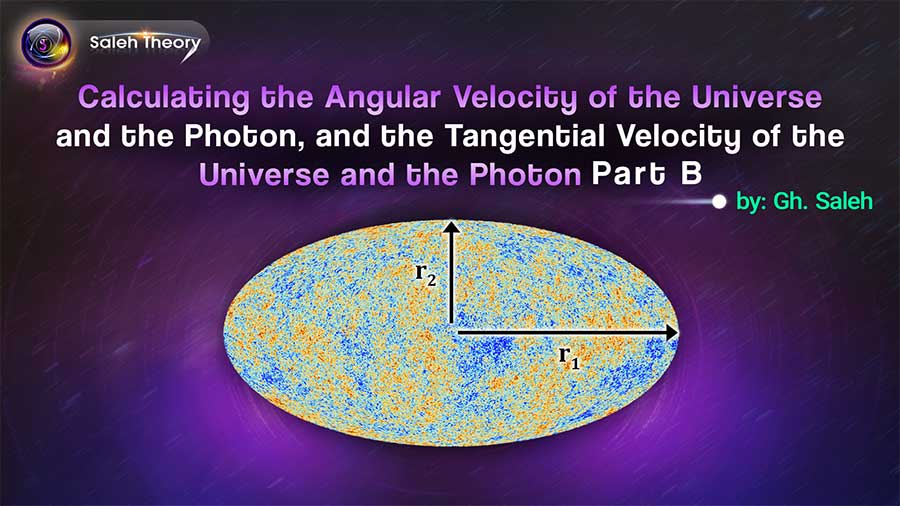
A Simple Explanation for the Existence of the Multiple Universes Part C
If we're to look at the world from both a micro and a macro perspective, the micro world can be thought of as the electrons, protons, and neutrons that make up atoms, with photons being their fundamental, building-block particle. However, from a macro viewpoint, we can name things like the Earth and the Moon, solar systems, galaxies, and so on, which have a structure similar to atoms. By this, we mean that, for example, galaxies have a central black hole with stars orbiting around it. And larger than that, you've got clusters and superclusters. Clusters and superclusters make up the universe and in general, smaller collections form larger ones.
If we're to determine the turning point in humanity's understanding of the universe, we'd undoubtedly have to mention the invention of telescopes, which led to our view of the universe becoming deeper and more extensive.
This is because initially, we thought the entire cosmos was limited to our solar system. But after new discoveries made by telescopes, we learned that our solar system is but a spot within the Milky Way galaxy, and the Milky Way galaxy is a spot in the universe.
If we are to give a definitive opinion on the multiple universe, we must say that considering the structure of our own universe – where each collection is a subset of a larger collection, and each larger collection is a subset of an even larger one – we can quite confidently consider the existence of universes of which our universe is just one member.
Indeed, just as a galaxy comprises a collection of stars, and clusters are collections of galaxies, and superclusters are collections of clusters, with the collection of superclusters forming the universe, we can consider a collection of universes which, with a specific structure, exist alongside each other, forming the entire collection of universes (a super universe).

Conclusion:
Given this frequent pattern in nature, we can't definitively say there's only one universe; rather, we should consider a collection of universes.
References:
[1] Greene, Brian. The hidden reality: Parallel universes and the deep laws of the cosmos. Vintage, 2011.
[2] Saleh, Gh. "Calculating the Angular Velocity of the Universe and the Photon, and the Tangential Velocity of the Universe and the Photon Part B." Saleh Theory, 18 May. 2025, https://www.saleh-theory.com/Article/calculating-the-angular-velocity-of-the-universe-and-the-photon-and-the-tangential-velocity-of-the-universe-and-the-photon-part-b
[3] Saleh, Gh. "Interesting and Remarkable Similarities from the Smallest Particles to the Largest Celestial Objects Part A." Saleh Theory, 17 May. 2025, https://www.saleh-theory.com/article/interesting-and-remarkable-similarities-from-the-smallest-particles-to-the-largest-celestial-objects-part-a
[4] Saleh, Gh. "10 Permanent, Constant and Common Principles of Motion Among the Smallest Particles (Photons, Electrons, etc.) and the Largest Objects (Moons, Planets, Stars, Black Holes, etc.) in the Universe." Saleh Theory, 11 May. 2025, https://www.saleh-theory.com/article/10-permanent-constant-and-common-principles-of-motion-among-the-smallest-particles-photons-electrons-etc-and-the-largest-objects-moons-planets-stars-black-holes-etc-in-the-universe
[5] Saleh, Gh. "A new explanation for universe structure." APS Prairie Section Meeting Abstracts. 2022.
 Download PDF
Download PDF Articles





